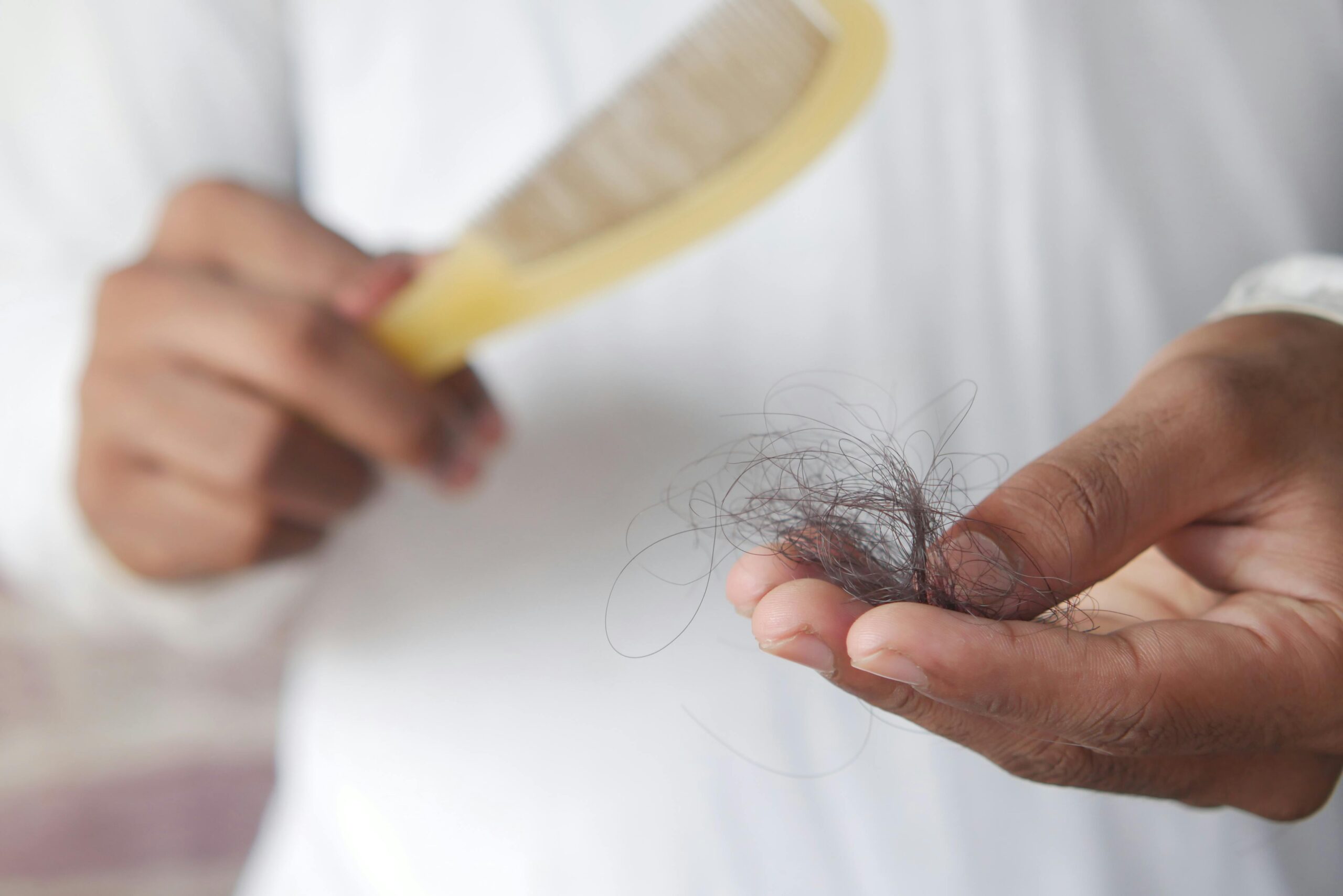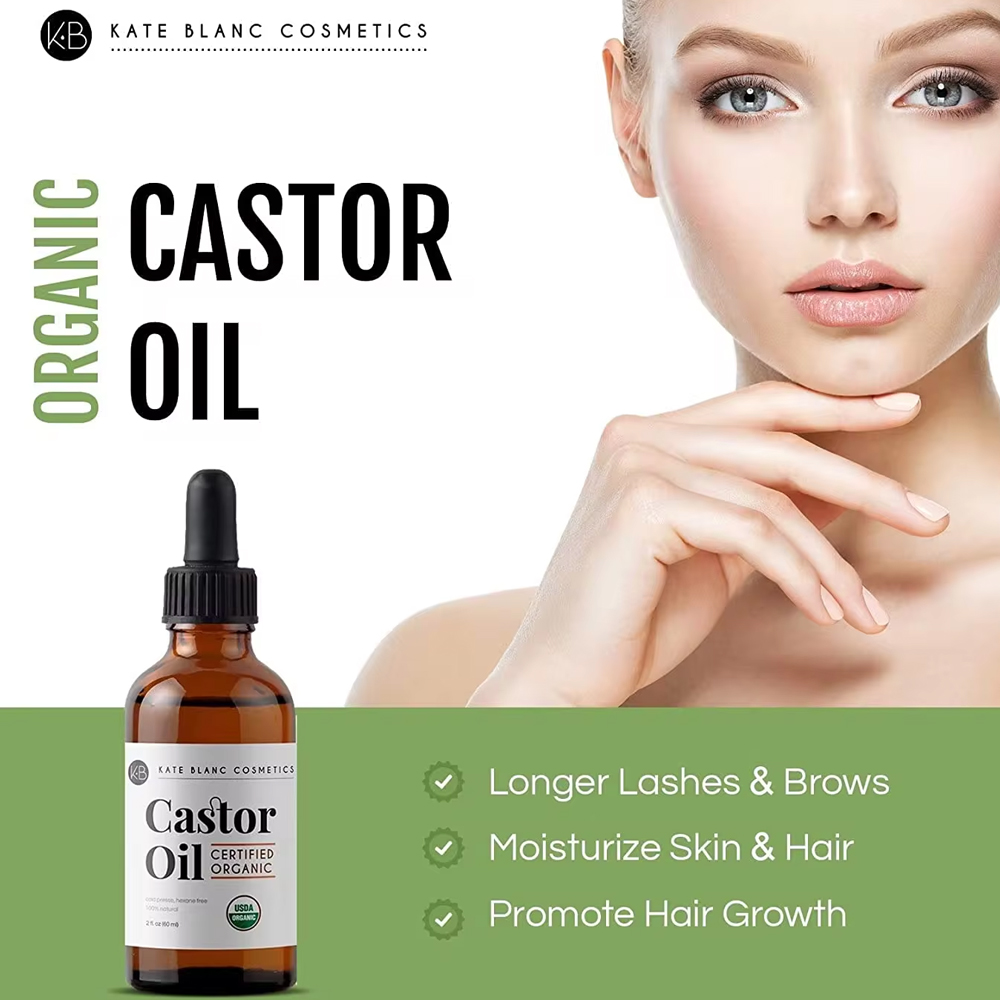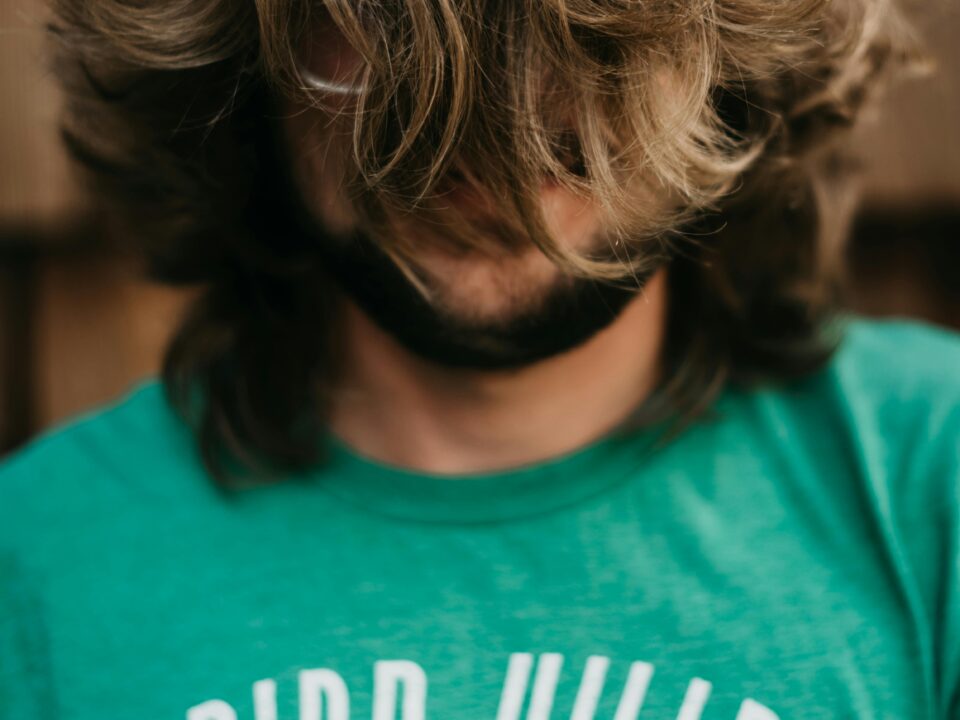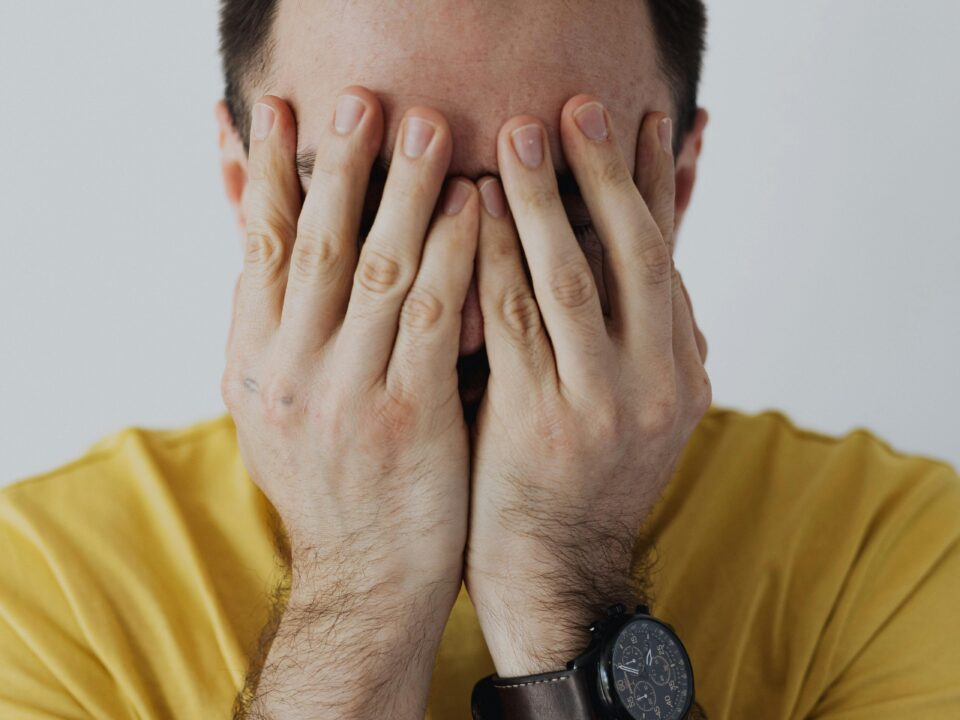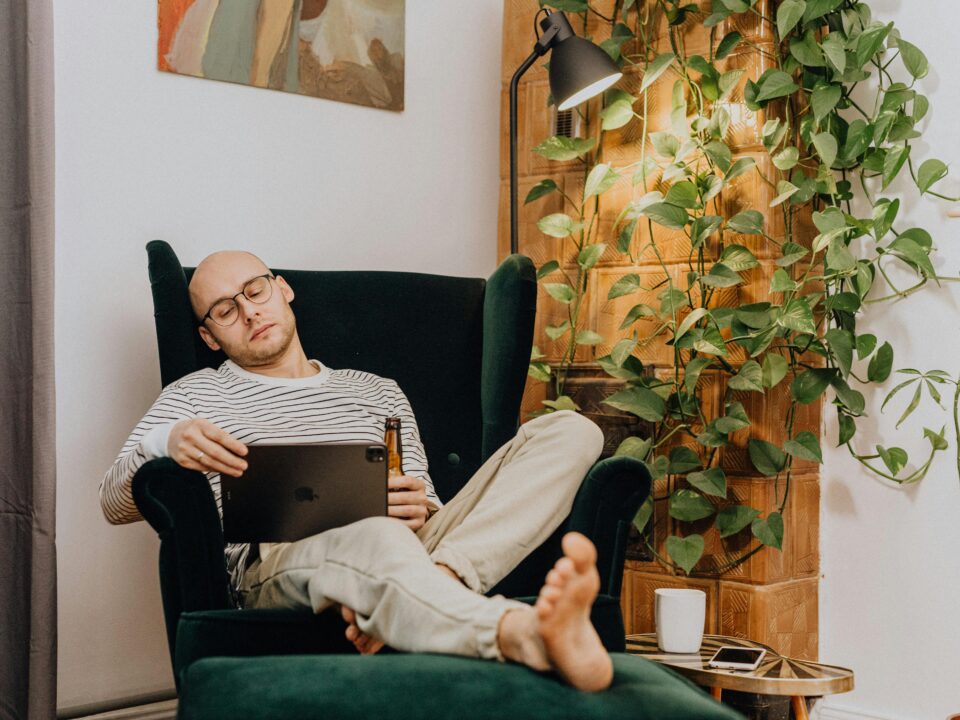Hair loss affects millions of men and women worldwide, often leading to frustration and a drop in self-confidence. Thankfully, modern science offers proven solutions — and one of the most effective treatments available today is Minoxidil. Whether you’re dealing with thinning hair or receding areas, Minoxidil has helped countless people slow hair loss and encourage new growth naturally.
What Is Minoxidil?
Minoxidil is a topical medication originally developed in the 1970s as a treatment for high blood pressure. Doctors soon noticed that patients taking it experienced unexpected hair growth — leading to its approval by the FDA for treating male and female pattern baldness (androgenetic alopecia).
Today, Minoxidil is available over the counter in 2% and 5% strengths, in both liquid and foam formulations. It’s applied directly to the scalp, where it works to reactivate dormant hair follicles and stimulate new growth.
How Minoxidil Works
While the exact mechanism isn’t fully understood, researchers believe Minoxidil promotes hair growth through several key effects:
-
Improved blood flow: It widens blood vessels in the scalp, delivering more oxygen and nutrients to hair follicles.
-
Follicle stimulation: Minoxidil helps extend the “anagen” (growth) phase of the hair cycle, resulting in longer and thicker strands.
-
Reactivation of dormant follicles: Some follicles that had stopped producing hair may start growing again after consistent use.
In short, Minoxidil helps create a healthier scalp environment that supports stronger, thicker, and more resilient hair.
Who Can Use Minoxidil
Minoxidil is safe and effective for most adults experiencing genetic hair loss — both men and women. It’s especially beneficial for those who:
-
Have gradual hair thinning or a receding hairline.
-
Want to regrow hair in the crown or vertex area.
-
Prefer a non-prescription, topical treatment.
It can also be used as part of a combination therapy with other treatments like finasteride, biotin supplements, and scalp care routines for even better results.
How to Use Minoxidil
For best results, consistency is key. Follow these steps:
-
Apply twice daily (morning and night) to a dry scalp.
-
Use about 1 mL of solution or half a capful of foam per application.
-
Gently massage it into the affected areas.
-
Allow it to dry completely before styling your hair or going to bed.
Visible results usually appear after 3–6 months of continuous use. Stopping treatment will typically cause any regrown hair to shed again within several months.
Possible Side Effects
Minoxidil is generally well tolerated, but a few users may experience mild side effects such as:
-
Temporary increase in shedding (during early stages of new growth).
-
Scalp dryness, itching, or irritation.
-
Unwanted facial hair growth in women (rare and reversible).
To minimize irritation, choose the foam version, which contains less alcohol and is gentler on sensitive scalps.
Minoxidil for Men vs. Women
-
Men usually respond best to the 5% strength, particularly for thinning at the crown or top of the head.
-
Women are advised to start with 2% or 5% foam once daily to avoid irritation or unwanted hair growth.
Always check the product label or consult a healthcare provider before beginning treatment.
Combining Minoxidil With Other Treatments
Many dermatologists recommend pairing Minoxidil with other proven options for enhanced effectiveness. Combining it with oral finasteride (for men) or low-level laser therapy, biotin, or DHT-blocking shampoos can accelerate regrowth and prevent further loss. This multi-step approach provides the scalp with both internal and external support.
Final Thoughts
Minoxidil remains one of the most trusted and effective treatments for hair regrowth available today. Safe, accessible, and backed by decades of research, it gives hope to anyone looking to reverse hair thinning and regain confidence. The secret is consistency — use it daily, stay patient, and over time, you’ll likely see fuller, healthier hair begin to return.



